Bodacious, the Meanest, Most Dangerous Rodeo Bull That Ever Was
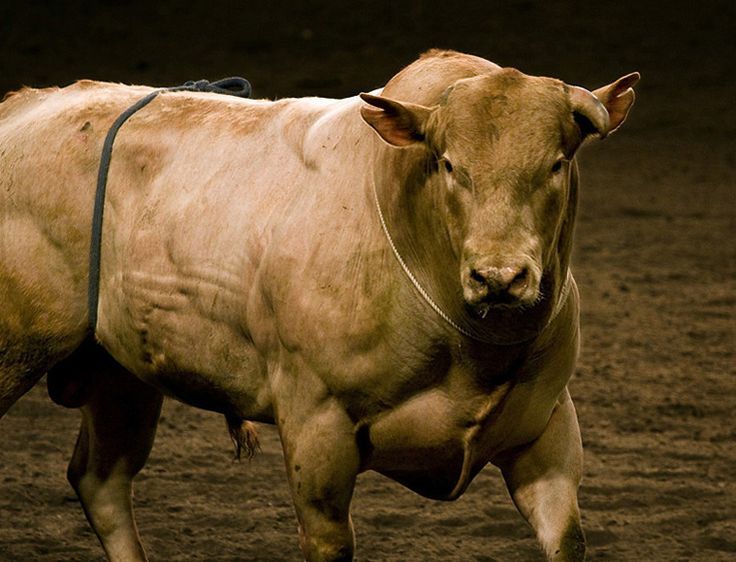
Riding rodeo bulls is dangerous by definition, but one bull, in particular, gave even the world’s best riders such a hard time that he became known as the meanest rodeo bull in history. This is the story of the legendary Bodacious. According to statistics, bull riding is the world’s most dangerous organized sport, recording more […]
This Shrimp Punches So Hard It Can Chip And Even Crack Fish Tanks
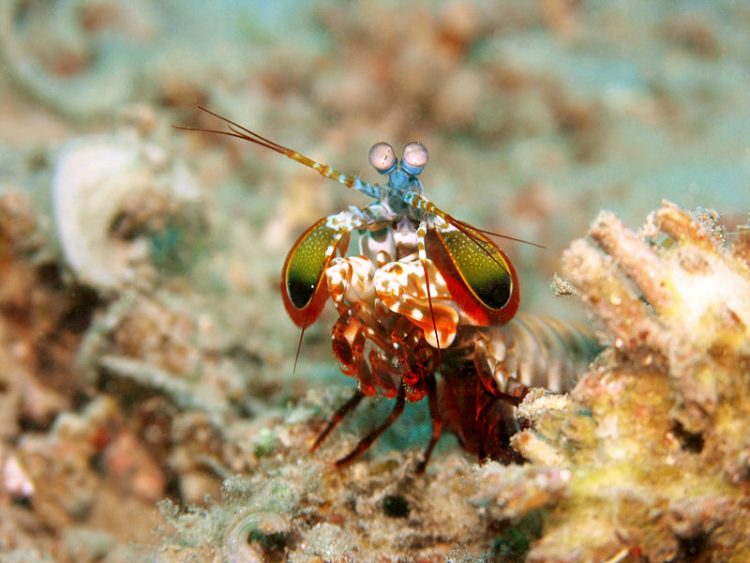
The peacock mantis shrimp (Odontodactylus scyllarus) is recognized as having the fastest punch in the entire animal kingdom, with an acceleration comparable to a .22mm bullet fired out of a handgun. One of several known mantis shrimp species, the O. Scyllarus is native to the seabed of the Indo-Pacific, from Guam to South Africa. It is […]
Owner Runs With Disabled Dog in His Arms, Just So It Can Enjoy Running with the Pack
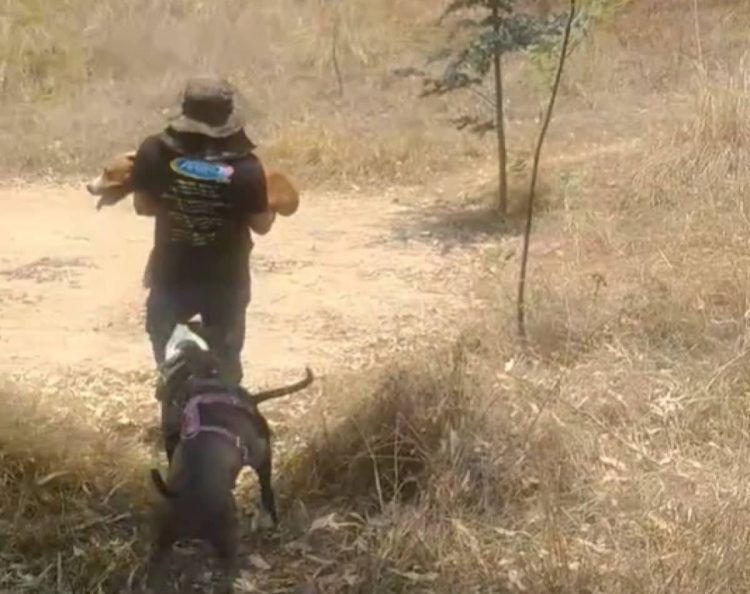
Canelo, a pit bull suffering from a debilitating medical condition that forbids him from moving normally, may just have the best dad in the world. The heartwarming story of Canelo and his owner was shared on TikTok by the man’s daughter, Jooseline. She posted a touching video explaining that her pet dog was suffering from […]
This Australian River Valley Is Home to the World’s Largest Earthworms
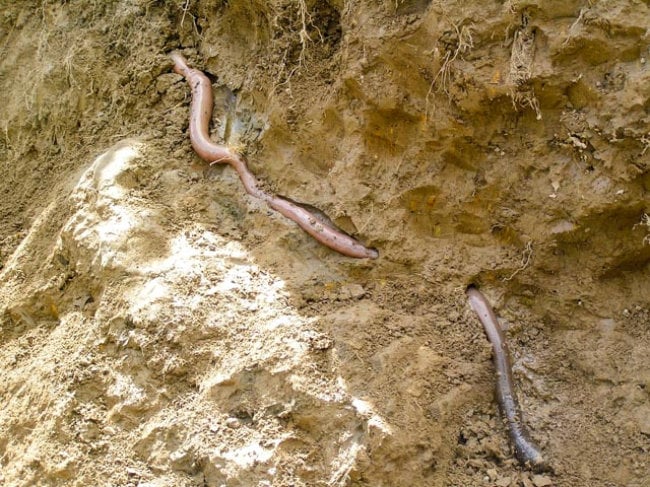
The Bass River Valley of South Gippsland, in the southeastern Australian state of Victoria is home to the world’s largest earthworms, which can grow up to 6.6 feet in length. The giant Gippsland earthworm (Megascolides australis) is one of the world’s most elusive and fascinating creatures, able to survive in an environment completely changed by […]
Jersey Giants – The Gentle Giants of the Chicken World
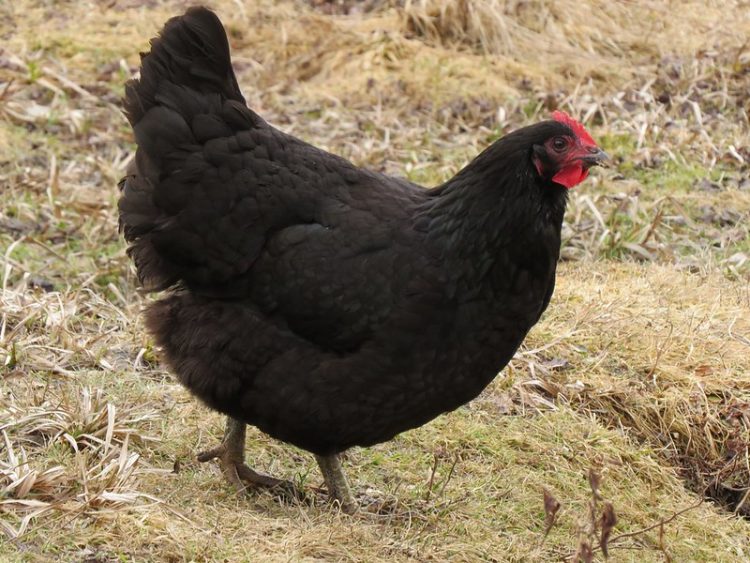
Chickens have been around for about 10,000 years, and they come in all shapes and sizes, but if you want to know what the world’s biggest chicken breed is then you’re in luck, because today we’re featuring the Jersey Giant. As the name suggests, the Jersey Giant was developed in the state of New Jersey, […]
Prized Chicken Breed Has Jet Black Skin and Dark Meat
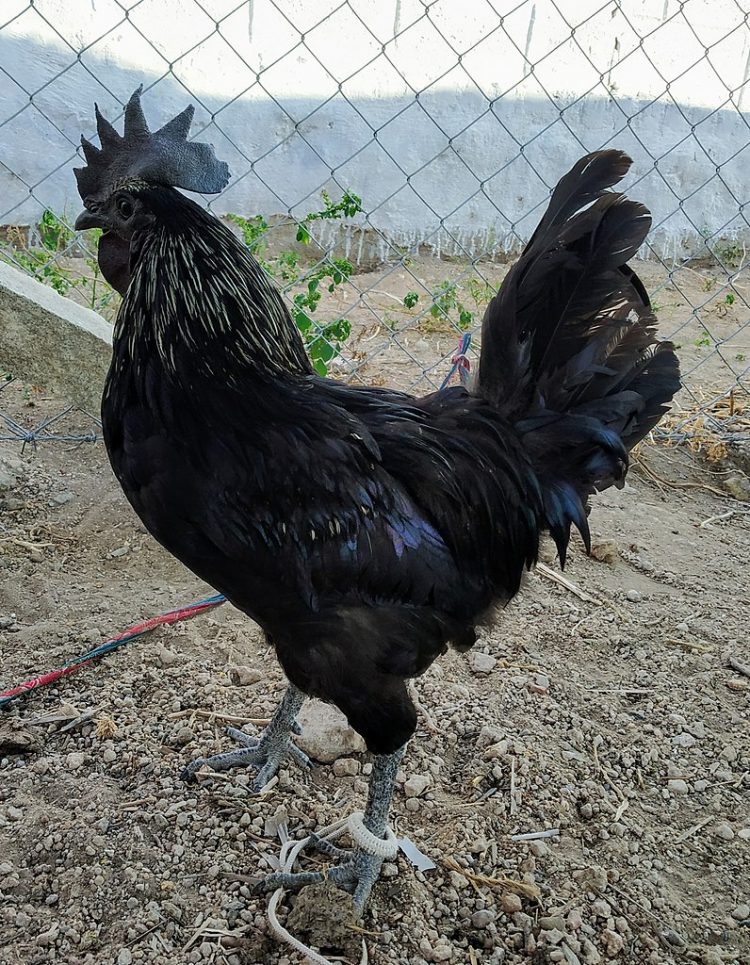
Kadaknath is an Indian chicken breed popular for the quality of its meat and eggs, but primarily because of the black color of the skin and its dark-colored meat. Chicken meat is the world’s most consumed form of protein, with over 98.5 million tons consumed every year. But one has to wonder if it would […]
Perfectly-Camouflaged Moth Looks Like a Twig Fragment
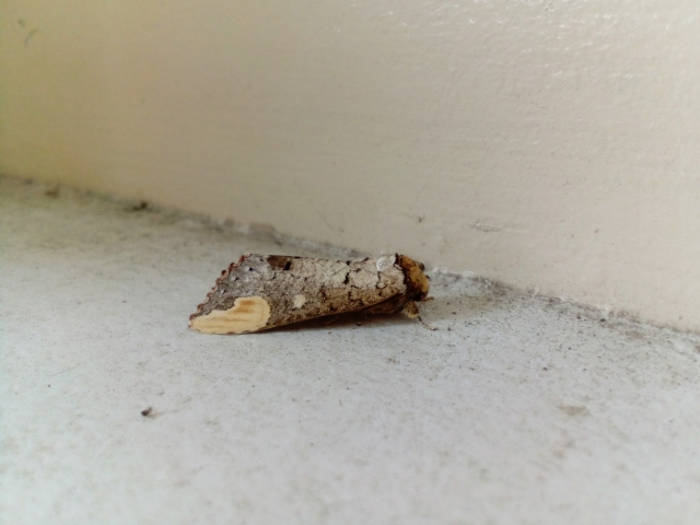
Tsumaki Shachihoko is a rare Japanese moth that features impressive natural camouflage which allows it to perfectly mimic small twigs in order to avoid predators. We’ve always found natural camouflage fascinating here at Oddity Central, and simply searching the term in our search box will yield over a dozen amazing examples of natural mimics. Today […]
Buddhist Monk Has Saved Tens of Thousands of Stray Dogs in the Last 27 Years

A Buddhist monk in Shanghai, China, has dedicated more than half of his life to caring for stray dogs, rescuing and taking care of tens of thousands of them since 1994. 53-year-old Zhixiang is the head monk of the Bao’en Temple in Shanghai, but nowadays his disciples take care of most of the day-to-day business, […]
French Pensioner and Rescued Pigeon Are Inseparable Friends

Xavier Bouget, an 80-year-old pensioner from France’s Brittany region, and Blanchon, a majestic white pigeon, have been best friends for two years, ever since the Frenchman rescued the bird from becoming a cat’s lunch. Xavier first met his unlikely companion two years ago, while walking to his house in the town of Gommenec’h. He noticed […]
Tiny But Fearless Cookie-Cutter Sharks Will Bite Even Nuclear Submarines
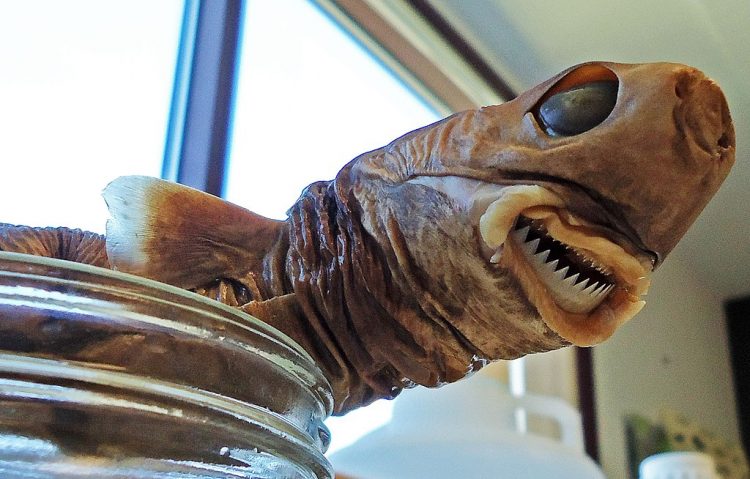
Cookie-cutter sharks are a small species of shark about the size of a domestic cat that will attack predators several times their size, biting off conical chunks of their flesh, and even the soft parts of nuclear submarines. The cookie-cutter shark (Isistius brasiliensis) was discovered in the early 19th century, by French naturalists, but it […]
Pablo Escobar’s “Cocaine Hippos” Pose Serious Threat to Colombia’s Environment
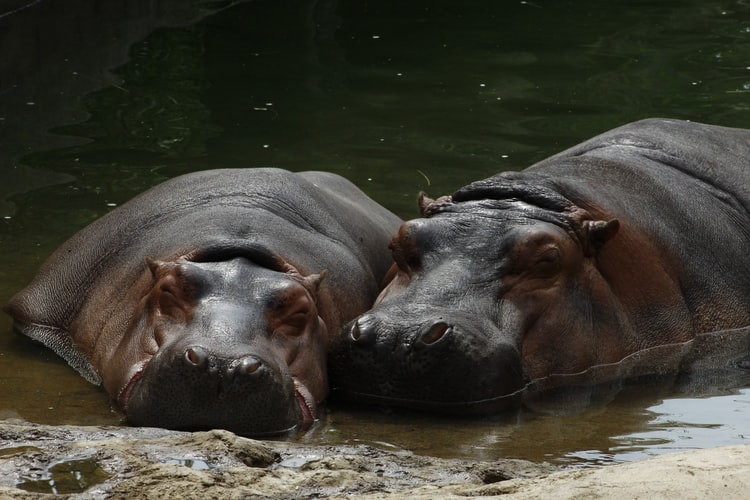
Brought into Colombia as exotic pets by the most notorious drug kingpin in human history, have been breeding at an alarming pace over the last few decades and have become a serious threat to the Colombian flora and fauna. In the 1980s, Pablo Escobar smuggled four hippos from an American zoo into Colombia, as exotic […]
Wombats Produce Square-Shaped Droppings And Now We Know How

Despite having round anuses like all other mammals, bare-nosed wombats do not produce round pellets, tubular coils or messy piles; they are the only creature on Earth that poops cubes. Wombats, marsupials native to the grassy plains and eucalyptus forests of Australia, are among the most adorable animals in the world, but to animal experts […]
This Caterpillar’s Camouflage Is On a Another Level
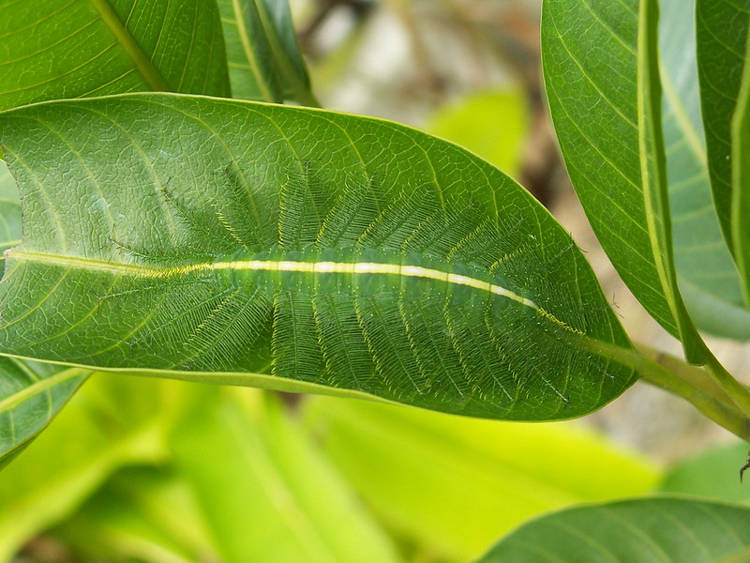
The Common Baron Caterpillar is a true master of camouflage. When it positions itself perfectly on a mango tree leaf, it is nearly impossible to spot, even if you know it’s there. Some animals naturally develop camouflage in order to make themselves harder to spot by predators, but some are much better than others, and […]
Clever Bird Hunts Fish by Turning Itself Into an Umbrella
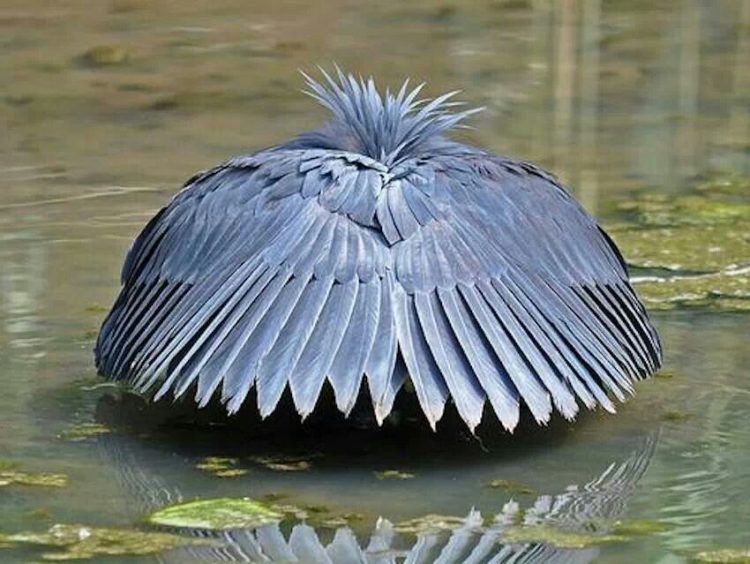
Black egrets, a species of African herons, have a very unique hunting technique – they use their wings to from an umbrella, which not only reduces glare, but also lures fish into false sense of security. Called “canopy feeding”, the hunting technique used by black herons has to be one of the sneakiest observed in […]
This Spider Masquerades as a Fallen Leaf to Avoid Predators
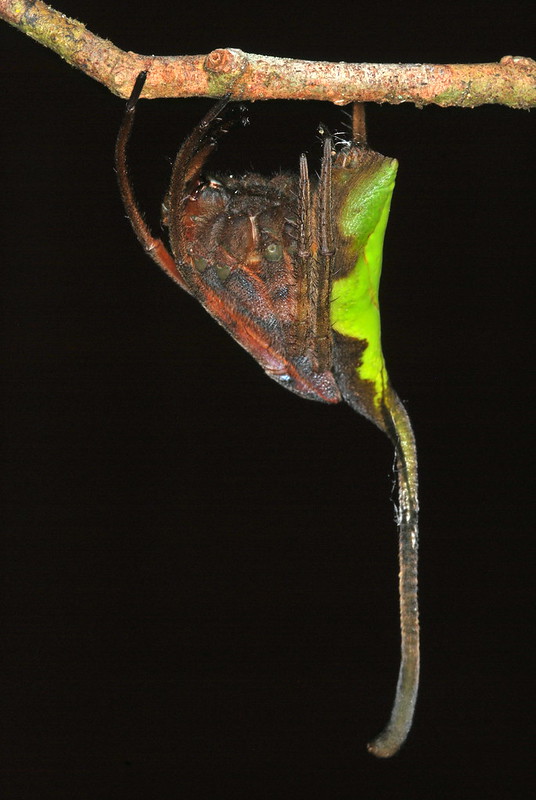
Poltys mouhoti, aka the Rolled-up Leaf Spider, is a fascinating arachnid that uses incredible camouflage to protect itself from predators during the day. Native to Vietnam, but also spotted in other Asian countries like Cambodia, Thailand or Malaysia, the aptly-named rolled-up leaf spider is part of the Poltys genus of spiders, which numbers 43 known […]
